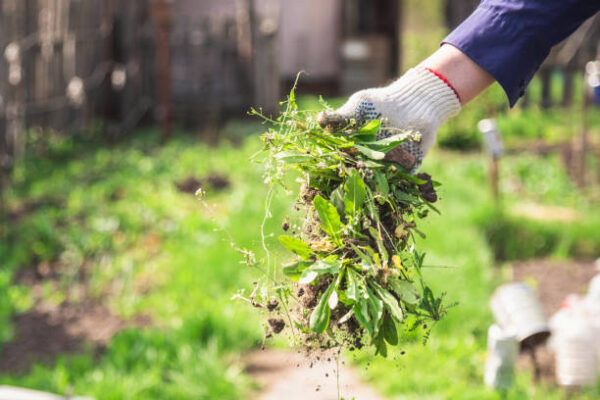Weeds are pesky plants that can wreak havoc on your lawn or garden. If not controlled, they will quickly take over and crowd out your desired plants. In the Carolinas, there are several common types of weeds that you may encounter. This blog post will discuss how to identify these weeds, as well as provide tips on how to control them.
Common Weeds in the Carolinas and How to Identify Them
Weed identification is the first step in controlling them. Here are some of the most common weeds found in the Carolinas, along with tips on how to identify them:
- Dandelions: Dandelions have yellow flowers and grow in clumps. The leaves are long and have a jagged edge. The plant also has a deep taproot.
- Creeping Charlie: Also known as ground ivy, this weed has small, blue flowers and heart-shaped leaves. The leaves are hairy and have scalloped edges. Creeping Charlie is a low-growing plant that spreads via above-ground stems (runners).
- Red Sorrel: As the name suggests, this weed has red leaves and stems. The flowers are yellow and grow in clusters. Red sorrel also has a shallow taproot system.
- Common Chickweed: Chickweed has small, white flowers that grow in clusters. The leaves are oval-shaped and have a pointed tip. Chickweed is a low-growing plant that spreads via seed production or above-ground stems (runners).
Control Methods
Once you’ve identified the weeds in your lawn or garden, you can begin working on control methods. There are two main types of weed control: chemical and cultural.
- Chemical Control: This involves using herbicides to kill weeds. Herbicides come in both liquid and granular form, and can be applied using a hand-held applicator or spreader. Many herbicides will only kill broadleaf weeds and not grasses. Make sure to read the label of any herbicide you purchase to ensure it will work on the type of weed you’re trying to control.
- Cultural Control: Cultural control methods involve changes to your lawn care routine that will make it more difficult for weeds to establish themselves and spread. These changes can include mowing at a higher height, watering deeply but less frequently, aerating compacted soils, and removing thatch buildup. All of these practices will make your lawn healthier, which in turn will help it compete better against weeds.
Get Down In The Weeds
Weeds can be unsightly and difficult to control, but with proper identification and management techniques, they don’t have to be a problem in your lawn or garden. Be sure to check your yard regularly for signs of weeding, so you can nip them in the bud before they become an issue!

